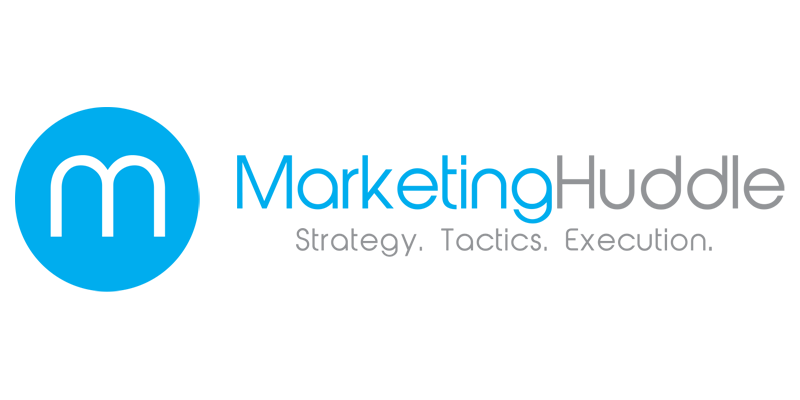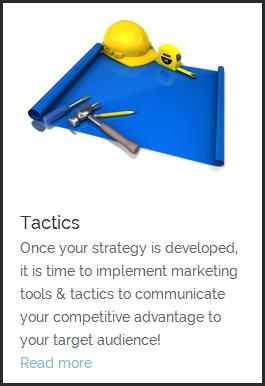The survey instrument is one of the best and easiest ways to elicit data from your customers that you can use right away. You can obtain a great deal of objective and quantitative information, and it’s easy for your customers if you create your survey in the right way. Survey response rates tend to be low. They hover somewhere around 10% to 20% at most, depending on your current relationship with your audience. This is unfortunate, but you can help to raise response rates by keeping surveys short and focused, and by providing incentives. Decide exactly which data is the most important to you and only ask what’s absolutely relevant.
When making your survey, it’s best to have a mix of “big picture” questions and questions that are highly focused. These “big picture” questions tend to boost response rates because they’re easy for survey takers to answer. If there are too many complex questions, this will drive survey takers away. The “big picture” questions also give you a broader sense of who they are and what they believe, while the focused questions elicit more specific information. Try to strike a good balance, but don’t overload your survey with questions or your survey takers won’t finish it.
There are four types of key information your surveys should solicit: Demographic, psychographic, media and purchasing behavior.
Demographics
Demographic information is hard data about your customers. It includes:
- Age
- Geographic Location
- Gender
- Income Level
- Education Level
- Marital Status
- Occupation and Employment Status
- Languages Spoken
- Ethnicity
- Family Structure / Household Composition
Psychographics
Psychographic information includes data that’s a bit more subjective. This data reflects how your customers think and feel. This is information about how they see themselves and the world around them, which is important in deciding how to craft your message to their taste and identity. It includes:
- Personality
- Attitude
- Values
- Hobbies
- Lifestyle
- General Behavior
- Political or Religious Views
Media
It’s important to know what kind of media your customer interacts with and where they get information, especially about new products. This might be magazines, TV, movies, websites, or social media. You should then find out information about when they consume this media and details on how they interact with it. Find out what websites they regularly visit and what online services they subscribe to. In the case of social media, find out when they’re most active and how they engage with content there (for example, clicks, comments, likes, shares, etc.).
Purchasing Behavior
You need to know how your customer makes purchase decisions and about their purchasing strategy. Things to consider include:
- What products does your customer regularly buy?
- When does your customer normally buy?
- What is their overall buying strategy? In other words, what is the process of making a purchase for them?
- What is your customer looking for when they buy a product similar to yours? (What needs do they want to fulfill?)
- Does your customer currently use a product or service that’s similar to what you offer?
- Which of the customer’s needs are not being fulfilled?
- What is the factor that pushes your customer off the fence and leads them to make an actual purchase?
- How do they use the products or services similar to yours that they buy?
Of course, you don’t need to ask all of these things, but choose which are most important or relevant to learning more about your customer, and include them in your survey.
Creating Your Survey with Online Tools
You don’t have to create your survey completely from scratch. There are many software tools and online services that help you design surveys and analyze them. Survey Monkey is one online service that offers a variety of tools. It has a simple and easy-to-use survey builder, a variety of templates, and tools to help you easily analyze your surveys. Other good services include Google Forms and Pop Survey.
Here are links to some of the most commonly used survey tools:
Tips for Writing Questions
Using online tools, it’s easy to create surveys. The part that requires more attention and care on your part is writing your questions. How your questions are written will determine answer rates and how useful the answers are for your purposes. You need to ask the right questions to get the right answers. Here are some guidelines to follow.
Simple and Direct
Keep your questions straightforward and easy to answer. The shorter they are, the better. Each question should be written to elicit one key piece of information. Try to avoid questions that could be taken the wrong way or misunderstood. Another thing you can do to avoid confusion is to make sure you don’t use any jargon, technical terms, or acronyms. Think of it this way: Any little bump in the road that keeps answering the survey from being a smooth, seamless process may lead respondents to quit.
Closed vs. Open Questions
There are two types of questions: Closed and open questions. Closed questions ask for specific information. These are yes or no questions, rating scales, or multiple choice questions. They give the respondent options for their answer. Open questions are those that ask for opinions or that allow much more flexibility in their answers. Closed questions give you much more specific information that’s easy to quantify and analyze. Your survey should consist mostly of closed questions. Open questions are good for supplemental information, but this information is much harder to analyze. However, some tools, like Survey Monkey, have features that analyze complex text.
Rating Scales
Rating scales are good because they make it easy for the respondent to answer and easy for you to analyze their answers. When using rating scales, offer one consistent scale for all questions. If each question has its own scale, this requires the respondent to think and re-orient themselves. A consistent rating scale makes it easier. Odd-numbered rating scales, such as 1 to 5, are the best to use because they have a clear middle number. Five is particularly good because it basically has a rating for great/strongly agree, good/agree, so-so or no opinion, bad/disagree and very bad/strongly disagree.
Giving Your Survey a Logical Order
Think about the ordering of your questions in the same way you would a story. Like any kind of content, it should feel like it has a beginning, middle and end. Start with an introduction and several easy questions to get the respondent into survey-taking mode. Start with broader questions and get progressively more specific and narrower. It’s best to put the most important questions near the top since the respondent may stop midway through. Open questions that require a longer response are best to put at or near the end.
Always Test
Never launch a survey without testing it. Have someone take it and go through the entire process of analyzing the data that you get. This will tell you whether the questions are phrased and laid out correctly. After the test run, you may find some areas to tighten up or otherwise modify.
Offer an Incentive
Surveys take time to fill out so offer some kind of incentive to your respondents. This doesn’t have to cost you anything. It could be a free trial, free exclusive content, membership, a discount, or a chance to win something.
Survey Promotion Best Practices
Once your survey is completed and tested, you’ll need to promote your survey in order to get people to take it. How you’ll promote your survey depends on your target market and their needs and tastes, so there will be some variation. Here are some best practices to follow.
Timing. If you’re conducting surveys through email, experiment with different times. In general, you can expect the highest response rates during evenings and weekends. Try to imagine times of the day when people check their email.
Online Promotion. Employ all of the regular SEO and social media techniques online that you use for websites or other things for promoting your surveys. Think of it as a website that you want to lead a high volume of highly-targeted traffic to.
Link to Your Survey. Link to your survey wherever possible and use your best copywriting to call people to action. You can link to your survey through social media, blogs or your regular website. You can also use Facebook Ads and other targeted ad networks to reach your ideal market (for example, you can target the followers of your competitors’ Facebook page).
Survey Monkey Audience. If you don’t have an email list or huge social media following to work with, you can use a feature in Survey Monkey called Survey Monkey Audience. This is a premium feature that offers you a readymade audience through the service for your surveys. You can choose the demographic you want and start getting feedback immediately.
Other People’s Audiences. In addition, some marketers tap other marketers’ audiences to complete a survey. If you know people who have a similar market to yours, you could simply ask them if they could send out your survey to their customers in return for sharing the data you receive.
Inviting Email Subscribers to Take Your Survey
If you’re going to invite your email subscribers to take your survey, make sure the email has a strong subject line. The subject line should be short but clear, and it’s best if it has a personal touch. Call it something like “(Your name) Needs Your Feedback.” This lets people know before they open it that it is probably a survey.
Be transparent about your survey and explain it well to your subscribers. If they have been specially chosen or if they previously expressed interest in offering their feedback, let them know this. Explain the intent of the survey upfront. Tell them how you will use the survey results. You should also tell them how long it will take to complete the survey. Given them an exact time in minutes based on how long your test run took. Explain the incentives to them for completing your survey and try to sell it to them, but be honest and transparent. Make sure you give them a deadline and add some urgency to complete it by the set time.
Learning Activity
- Draft your survey questions on your worksheet, notebook, or a separate document. Then put it into a tool of your choice (Survey Monkey, Google Forms, etc).
- Based on the survey promotion tips mentioned in this module, what are some ways you’ll promote your survey (email, social media, etc)?
- Draft your survey invitation using the tips above.








